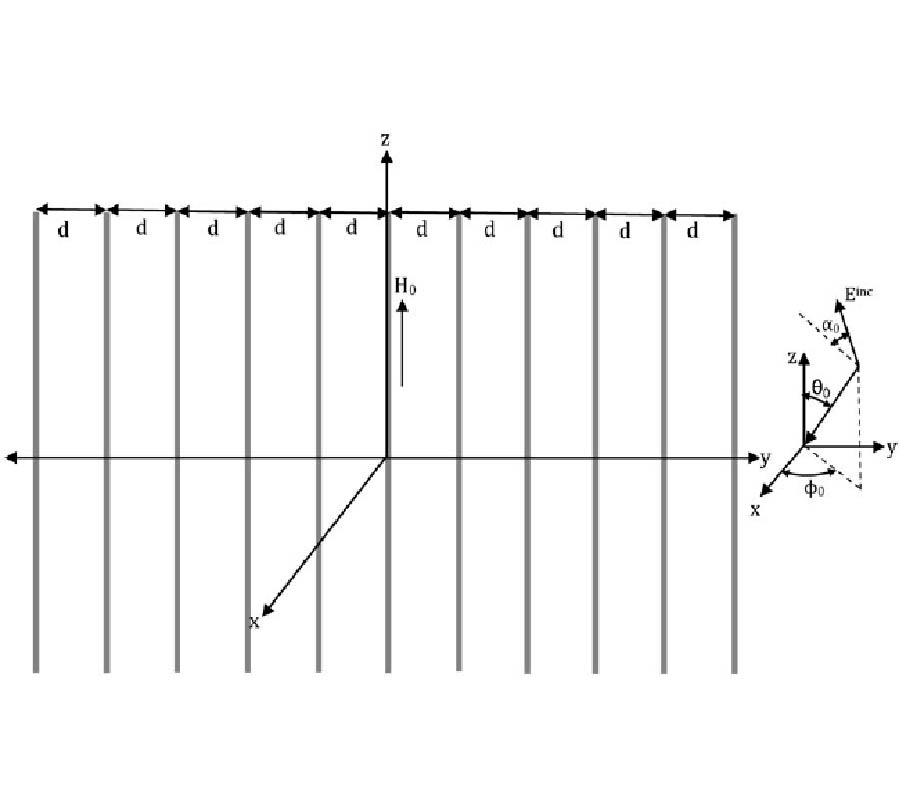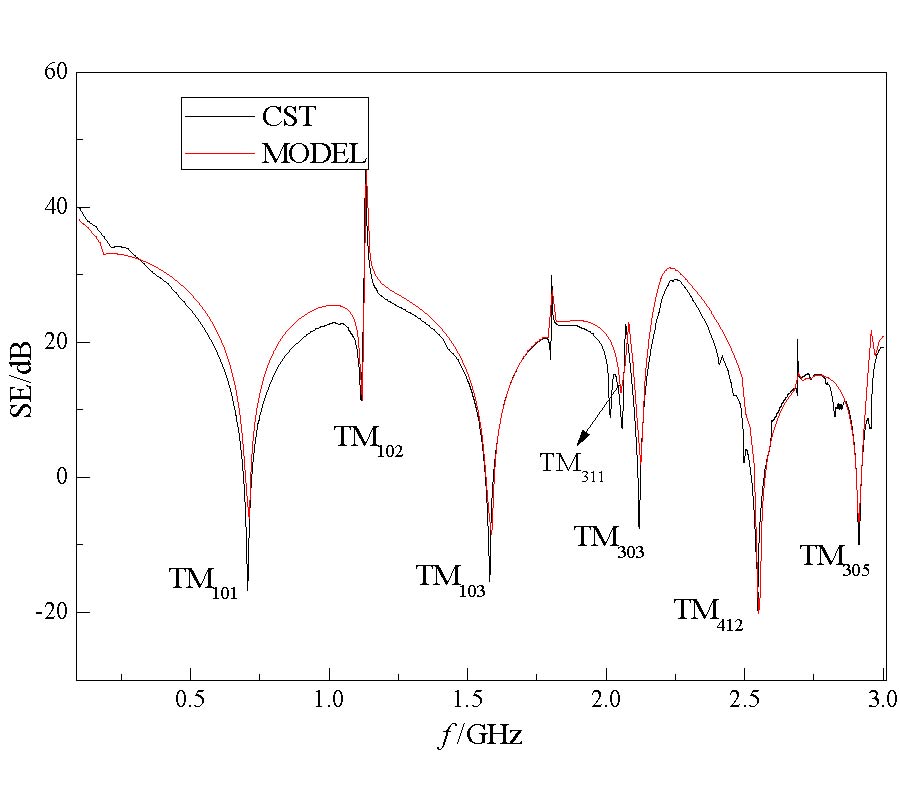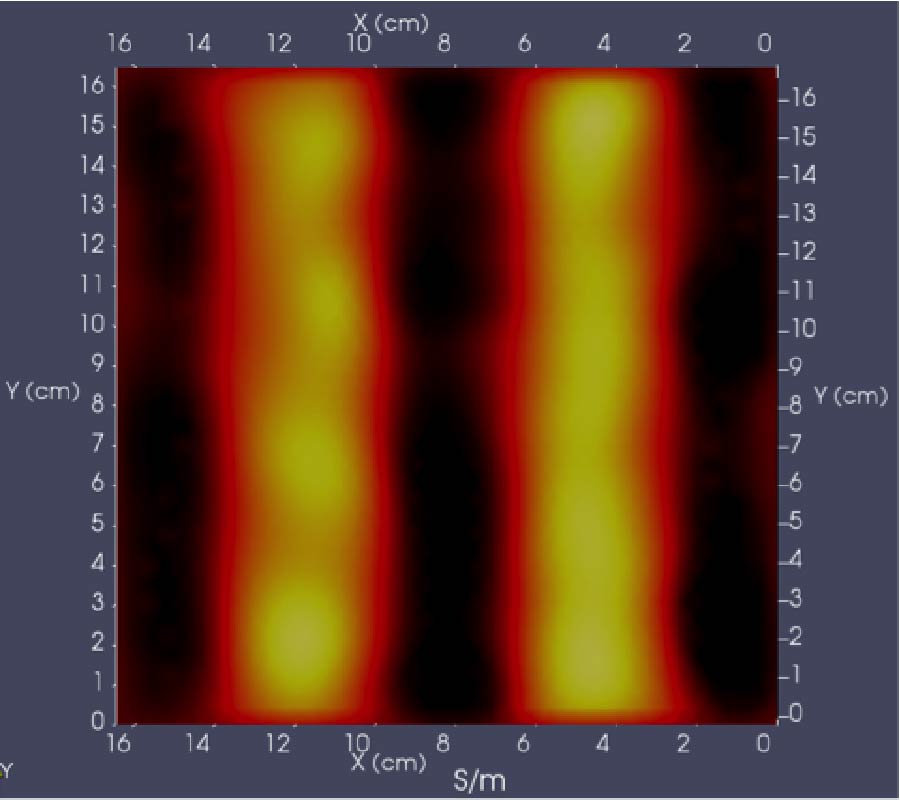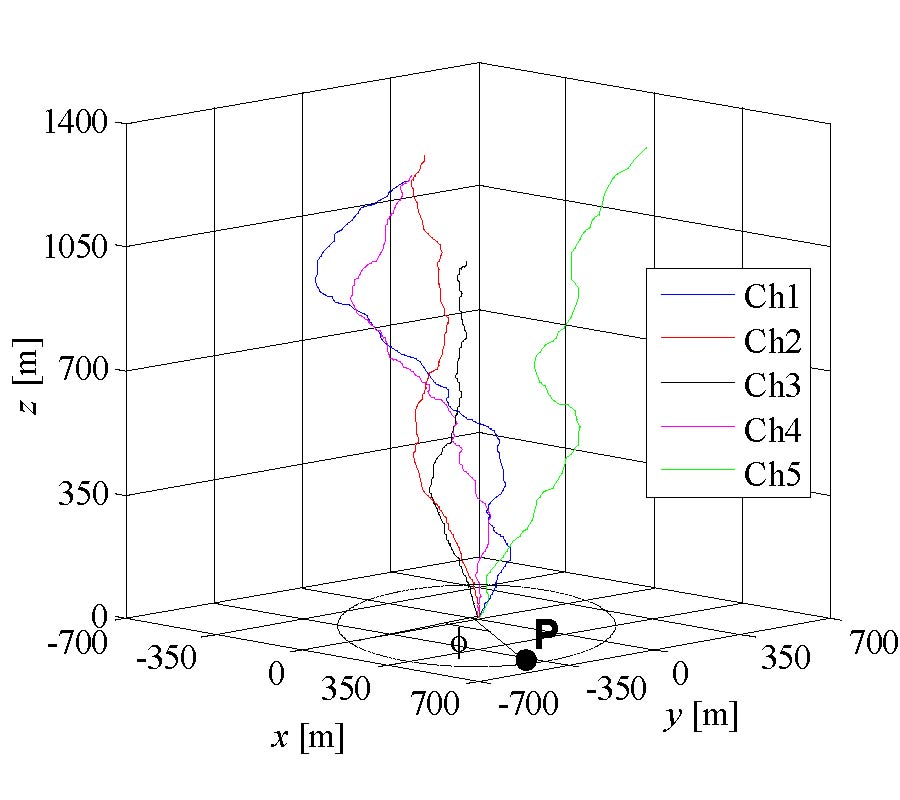Electric Potential and Field Calculation of Charged BEM Triangles and Rectangles by Gaussian Cubature
Ferenc Gluck and
Daniel Hilk
It is a widely held view that analytical integration is more accurate than the numerical one. In some special cases, however, numerical integration can be more advantageous than analytical integration. In our paper we show this benefit for the case of electric potential and field computation of charged triangles and rectangles applied in the boundary element method (BEM). Analytical potential and field formulas are rather complicated (even in the simplest case of constant charge densities), they have usually large computation times, and at field points far from the elements they suffer from large rounding errors. On the other hand, Gaussian cubature, which is an efficient numerical integration method, yields simple and fast potential and field formulas that are very accurate far from the elements. The simplicity of the method is demonstrated by the physical picture: the triangles and rectangles with their continuous charge distributions are replaced by discrete point charges, whose simple potential and field formulas explain the higher accuracy and speed of this method. We implemented the Gaussian cubature method for the purpose of BEM computations both with CPU and GPU, and we compare its performance with two different analytical integration methods. The ten different Gaussian cubature formulas presented in our paper can be used for arbitrary high-precision and fast integrations over triangles and rectangles.









